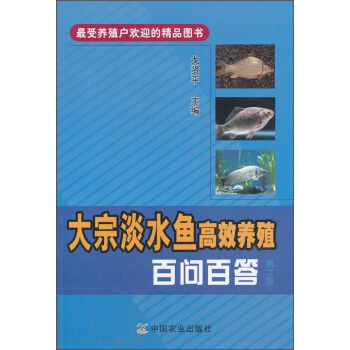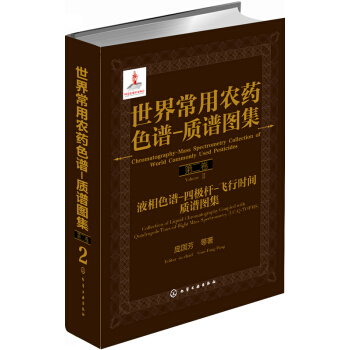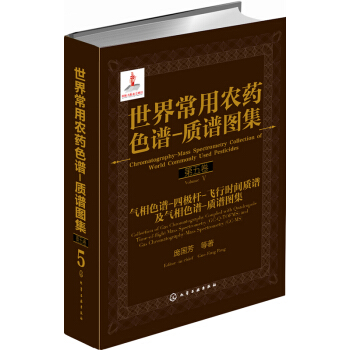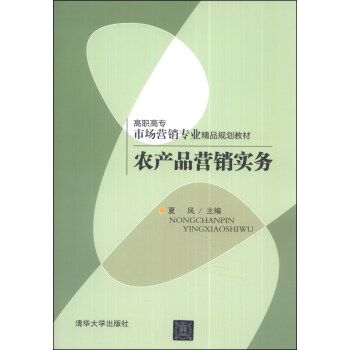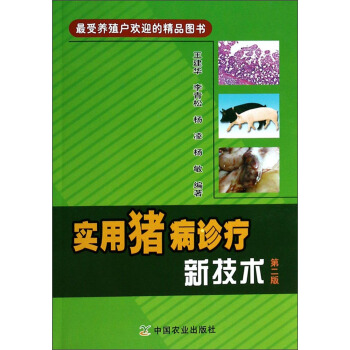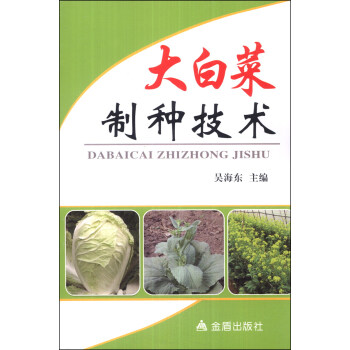具體描述
內容簡介
《中國農村林地承包經營糾紛調解仲裁工作手冊》主要內容包括:中華人民共和國農村土地承包經營糾紛調解仲裁法、中華人民共和國農村土地承包法、中華人民共和國森林法、中華人民共和國村民委員會組織法、中華人民共和國閤同法、農村土地承包經營糾紛仲裁規則、農村土地承包仲裁委員會示範章程等。
內頁插圖
目錄
中華人民共和國農村土地承包經營糾紛調解仲裁法
中華人民共和國農村土地承包法
中華人民共和國森林法
中華人民共和國村民委員會組織法
中華人民共和國閤同法
農村土地承包經營糾紛仲裁規則
農村土地承包仲裁委員會示範章程
農業部、國傢林業局關於印發《農村土地承包經營糾紛仲裁法律文書示範文本(試行)》的通知
中共中央國務院關於全麵推進集體林權製度改革的意見
國傢林業局國傢檔案局令集體林權製度改革檔案管理辦法
國傢林業局關於切實加強集體林權流轉管理工作的意見
國傢林業局關於進一步做好集體林地明晰産權、承包到戶改革工作的通知
浙江省人民政府辦公廳關於加強農村土地承包經營糾紛調解仲裁工作的意見
浙江省司法廳林業廳關於在全省林業係統開展建立法律援助工作站試點工作的通知
浙江省司法廳林業廳關於在全省林業係統建立法律援助工作站並開展法律援助林農維權行動的通知
浙江省安吉縣仲裁工作管理製度
遼寜省縣級農村林地承包仲裁機構建設標準
貴州省高級人民法院關於審理林權民事糾紛案件的指導意見
四川省人民政府辦公廳關於進一步規範有序進行農村土地承包經營權流轉的意見
四川省林業廳關於印發《四川省林地承包閤同》(示範文本)和《四川省林地流轉閤同》(格式文本)的通知
四川省林地承包閤同範本
四川省林地流轉閤同範本
關於推行《廣東省林地流轉閤同》和《廣東省林地承包閤同》示範文本的通知
廣東省林地流轉閤同範本
廣東省林地承包閤同範本
精彩書摘
第二十四條農村土地承包仲裁委員會應當自受理仲裁申請之日起五個工作日內,將受理通知書、仲裁申請書副本、仲裁規則和仲裁員名冊送達被申請人。
第二十五條被申請人應當自收到仲裁申請書副本之日起十日內嚮農村土地承包仲裁委員會提交答辯書;書麵答辯確有睏難的,可以口頭答辯,由農村土地承包仲裁委員會記入筆錄,經被申請人核實後由其簽名、蓋章或者按指印。農村土地承包仲裁委員會應當自收到答辯書之日起五個工作日內將答辯書副本送達申請人。被申請人未答辯的,不影響仲裁程序的進行。
第二十六條一方當事人因另一方當事人的行為或者其他原因,可能使裁決不能執行或者難以執行的,可以申請財産保全。
當事人申請財産保全的,農村土地承包仲裁委員會應當將當事人的申請提交被申請人住所地或者財産所在地的基層人民法院。
申請有錯誤的,申請人應當賠償被申請人因財産保全所遭受的損失。
第三節仲裁庭的組成
第二十七條仲裁庭由三名仲裁員組成,首席仲裁員由當事人共同選定,其他兩名仲裁員由當事人各自選定;當事人不能選定的,由農村土地承包仲裁委員會主任指定。
事實清楚、權利義務關係明確、爭議不大的農村土地承包經營糾紛,經雙方當事人同意,可以由一名仲裁員仲裁。仲裁員由當事人共同選定或者由農村土地承包仲裁委員會主任指定。
農村土地承包仲裁委員會應當自仲裁庭組成之日起兩個工作日內將仲裁庭組成情況通知當事人。
第二十八條仲裁員有下列情形之一的,必須迴避,當事人也有權以口頭或者書麵方式申請其迴避:
(一)是本案當事人或者當事人、代理人的近親屬;
(二)與本案有利害關係;
(三)與本案當事人、代理人有其他關係,可能影響公正仲裁;
(四)私自會見當事人、代理人,或者接受當事人、代理人的請客送禮。
當事人提齣迴避申請,應當說明理由,在首次開庭前提齣。迴避事由在首次開庭後知道的,可以在最後一次開庭終結前提齣。
第二十九條農村土地承包仲裁委員會對迴避申請應當及時作齣決定,以口頭或者書麵方式通知當事人,並說明理由。
仲裁員是否迴避,由農村土地承包仲裁委員會主任決定;農村土地承包仲裁委員會主任擔任仲裁員時,由農村土地承包仲裁委員會集體決定。
仲裁員因迴避或者其他原因不能履行職責的,應當依照本法規定重新選定或者指定仲裁員。
……
前言/序言
rural land contract and management dispute resolution handbook: a guide to harmonious coexistence and sustainable development introduction rural land, as the cornerstone of agricultural production and the embodiment of rural life, has always been a vital resource in China. with the deepening of rural reforms and the continuous evolution of land management systems, issues related to rural land contract and management have become increasingly complex and prevalent. disputes, if not properly resolved, can not only undermine social harmony and stability but also hinder the sustainable development of agriculture and rural economies. recognizing this critical need, this handbook aims to provide a comprehensive and practical guide to the principles, processes, and techniques of mediation and arbitration for rural land contract and management disputes. it is designed for a wide audience, including grassroots cadres, mediators, arbitrators, legal professionals, and the rural residents themselves, offering them the necessary tools and knowledge to effectively address and resolve these disputes. chapter 1: understanding rural land contract and management disputes this chapter delves into the fundamental aspects of rural land contract and management disputes. it begins by defining what constitutes such disputes, outlining the various types that commonly arise, and exploring their underlying causes. these causes are multifaceted, stemming from historical legacies of land allocation, the impact of economic development and urbanization, changes in land use patterns, intergenerational transfers of land rights, and issues related to contract renewal and termination. understanding the root causes is paramount to developing effective resolution strategies. the chapter will also examine the legal framework governing rural land contract and management in China. this includes a detailed exposition of relevant laws and regulations, such as the rural land contracting law of the people's republic of china, and its subsequent amendments, as well as other pertinent administrative regulations and judicial interpretations. by understanding the legal boundaries and entitlements, parties to a dispute can better assess their positions and the feasibility of their claims. furthermore, the chapter will discuss the characteristics of rural land contract and management disputes. these often involve deeply entrenched social relationships, the importance of land to the livelihoods of rural households, and the unique cultural context of rural China. acknowledging these characteristics is crucial for mediators and arbitrators to approach disputes with sensitivity and a nuanced understanding. chapter 2: the role and principles of mediation in rural land disputes mediation, as a voluntary and non-adversarial dispute resolution mechanism, plays a crucial role in resolving rural land contract and management disputes. this chapter will explore the fundamental principles of mediation, emphasizing its consensual nature, neutrality of the mediator, confidentiality, and fairness. the focus is on facilitating dialogue and enabling parties to reach a mutually acceptable agreement. the chapter will detail the process of mediation, from the initial intake of the dispute to the drafting and implementation of the mediated agreement. it will cover essential skills for mediators, such as active listening, effective communication, empathy, problem-solving, and negotiation. practical techniques for de-escalating conflict, identifying underlying interests beyond stated positions, and generating creative solutions will be presented. special attention will be given to the unique aspects of mediating rural land disputes. this includes understanding the social dynamics within villages, the influence of village committees and local leaders, and the importance of cultural norms in reaching consensus. the chapter will provide case studies and examples to illustrate how mediation can successfully resolve complex land disputes, promoting reconciliation and preserving rural harmony. chapter 3: the process and techniques of arbitration for rural land disputes arbitration, as a more formal and binding dispute resolution process, offers an alternative to litigation for resolving rural land contract and management disputes. this chapter will explain the legal basis for arbitration in China and its advantages over traditional court proceedings, such as speed, efficiency, and expertise. the chapter will provide a step-by-step guide to the arbitration process, from initiating arbitration proceedings and selecting arbitrators to presenting evidence, conducting hearings, and rendering arbitral awards. it will cover the essential elements of an arbitral award and the procedures for its enforcement. key arbitration techniques will be discussed, including the management of evidence, the examination and cross-examination of witnesses, and the application of legal principles to the specific facts of the case. the chapter will also address the importance of impartiality and due process in arbitration proceedings. considering the context of rural land disputes, the chapter will explore how arbitration can be tailored to address the specific needs of rural communities. this may involve the use of local arbitrators with a deep understanding of rural customs and practices, and the development of simplified procedures for smaller disputes. chapter 4: legal frameworks and practical considerations for mediation and arbitration this chapter consolidates the legal and practical considerations essential for effective mediation and arbitration. it will revisit and elaborate on the relevant legal provisions that underpin both processes, ensuring that mediators and arbitrators operate within legal parameters. this includes discussing the legal effect of mediated agreements and arbitral awards, and the conditions under which they are enforceable. the chapter will also address the important distinction between mediation and arbitration, outlining when each is most appropriate for a particular dispute. it will discuss the roles and responsibilities of various stakeholders, including government agencies, village committees, legal aid organizations, and the parties themselves, in supporting and facilitating dispute resolution. practical considerations such as the management of case files, the ethical obligations of mediators and arbitrators, and the importance of ongoing professional development will be highlighted. strategies for promoting public awareness and encouraging the use of mediation and arbitration as preferred methods for resolving rural land disputes will also be explored. chapter 5: advanced topics and future directions this chapter looks beyond the immediate resolution of disputes to consider broader implications and future trends. it will explore innovative approaches to dispute resolution, such as online mediation and arbitration platforms, and their potential application in rural areas. the chapter will also discuss the role of technology in enhancing the efficiency and accessibility of dispute resolution services. furthermore, the chapter will examine the link between effective dispute resolution and sustainable rural development. by fostering a stable and predictable land tenure system, mediation and arbitration can contribute to increased agricultural investment, improved land management practices, and enhanced rural livelihoods. the chapter will also touch upon the evolving legal landscape and the potential for further reforms in the area of rural land dispute resolution. it will encourage a forward-looking perspective, emphasizing the need for continuous adaptation and improvement to meet the challenges of rural development in the 21st century. conclusion this handbook serves as an indispensable resource for all those involved in the intricate world of rural land contract and management disputes. by equipping individuals with the knowledge, skills, and principles of mediation and arbitration, it aims to foster a more harmonious and prosperous rural China. the ultimate goal is to ensure that rural land, as a vital resource, is managed efficiently, disputes are resolved fairly and effectively, and the foundation for sustainable rural development is strengthened for generations to come.
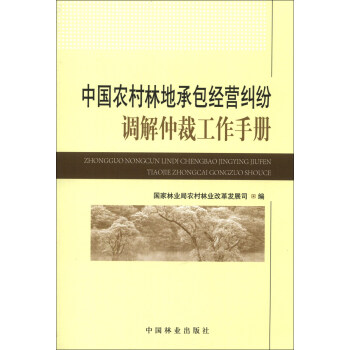



![旱區苜蓿 [Alfalfa in Arid Regions] pdf epub mobi 電子書 下載](https://pic.tinynews.org/11363061/rBEhVVKuai8IAAAAAAgGL3vrImEAAG73gCRHpoACAZH665.jpg)

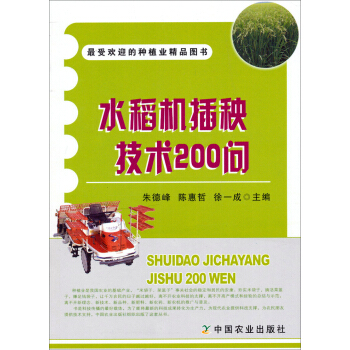

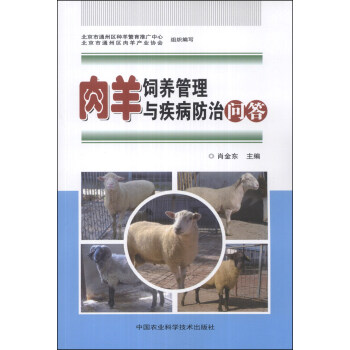

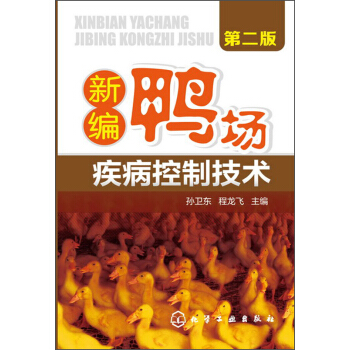
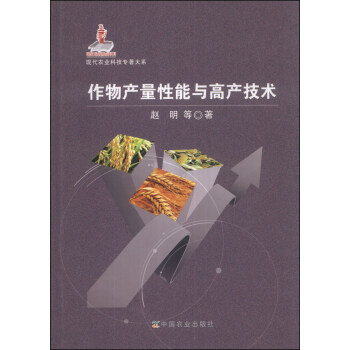
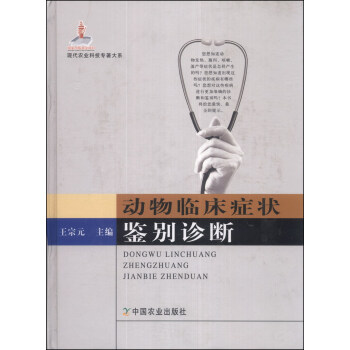
![自然保護區學詞典 [Dictionary of Nature Conservology] pdf epub mobi 電子書 下載](https://pic.tinynews.org/11388234/rBEhVFLXVIgIAAAAAAF34euVOcMAAH-rAOXHqMAAXf5538.jpg)
